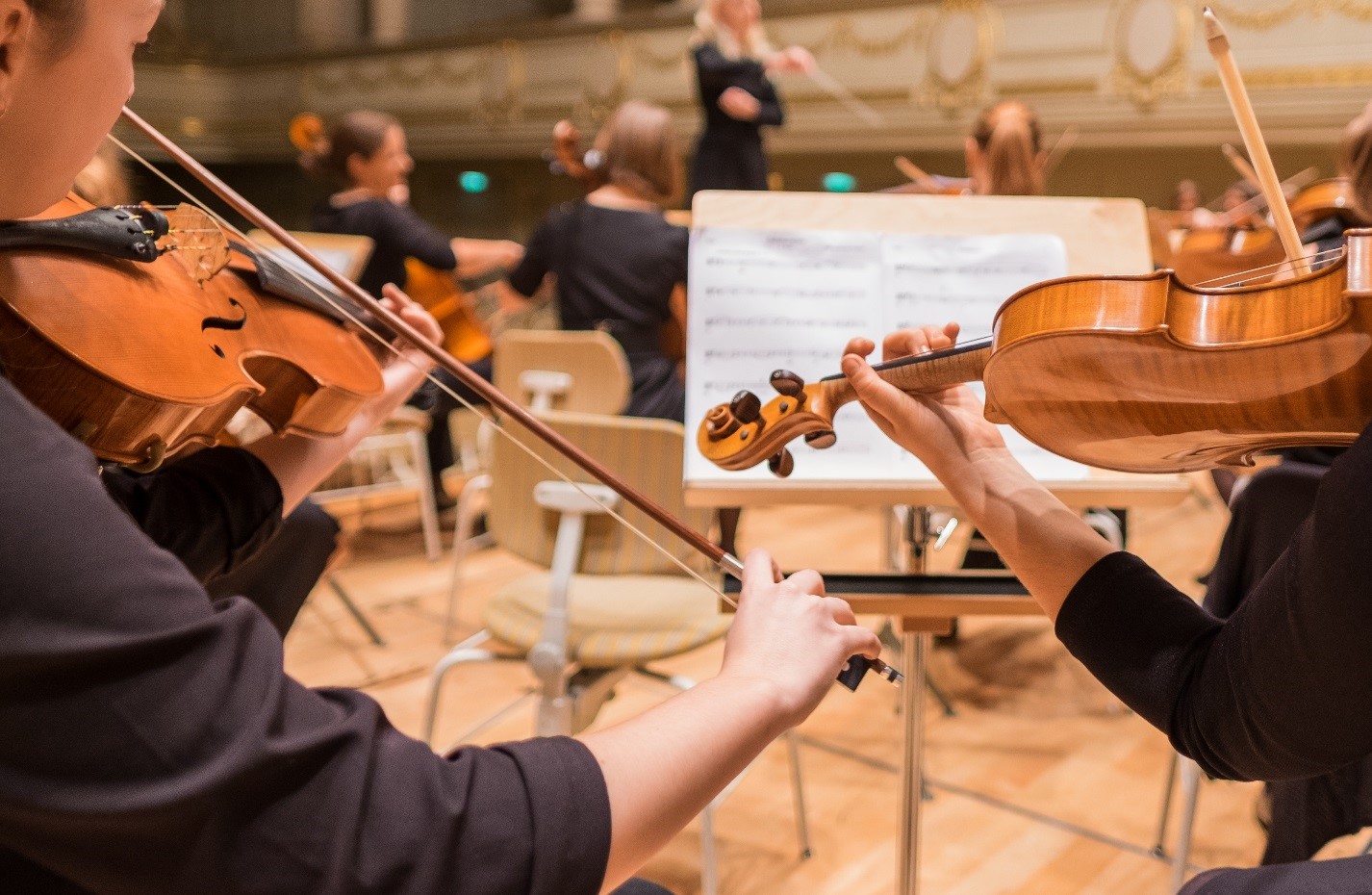The Intricacies of Chromatic Harmonies in Music
Introduction to Chromatic Harmonies
Chromatic harmonies are a fascinating aspect of music theory that add depth, color, and emotional complexity to compositions. Unlike diatonic harmonies, which adhere strictly to the notes within a given scale, chromatic harmonies incorporate notes outside the scale, creating a richer and more varied sonic palette. This technique has been employed by composers throughout history to evoke specific moods, surprise listeners, and push the boundaries of traditional harmonic structures. Understanding chromatic harmonies involves delving into their theoretical foundations, historical evolution, and practical applications in various musical genres.
Theoretical Foundations of Chromaticism
At its core, chromaticism involves the use of pitches that lie outside the standard seven-note diatonic scale. These additional pitches are often called “chromatic notes” and can be used to create chords that add tension and release, dissonance and resolution, to a piece of music. Chromatic harmonies often rely on techniques such as secondary dominants, borrowed chords, and modulations to distant keys. Secondary dominants are chords that temporarily tonicize a scale degree other than the tonic, creating a sense of movement and expectation. Borrowed chords, also known as modal mixture, involve taking chords from parallel minor or major scales to add color. Modulation, the shift from one key to another, can be smooth or abrupt, with chromatic notes serving as pivotal connectors between keys. These techniques form the bedrock of chromatic harmonies, providing composers with tools to enrich their harmonic language.
Historical Evolution of Chromatic Harmonies
The use of chromatic harmonies has evolved significantly over the centuries. In the Baroque period, composers like Johann Sebastian Bach began exploring chromaticism within the constraints of functional harmony. The Classical era, represented by figures such as Wolfgang Amadeus Mozart and Ludwig van Beethoven, saw an increased use of chromaticism to enhance emotional expression and structural complexity. However, it was during the Romantic era that chromatic harmonies truly flourished. Composers like Franz Liszt, Richard Wagner, and Frédéric Chopin pushed the boundaries of traditional harmony, using chromaticism to create highly expressive and innovative works. Wagner’s “Tristan und Isolde,” for instance, is renowned for its extensive use of chromaticism, which creates a sense of longing and unresolved tension. In the 20th century, composers such as Arnold Schoenberg and Igor Stravinsky further expanded the possibilities of chromatic harmonies, moving towards atonality and exploring new harmonic landscapes. The evolution of chromatic harmonies reflects broader changes in musical aesthetics and the continuous quest for new means of expression.
Practical Applications in Various Genres
Chromatic harmonies are not confined to classical music; they play a vital role in many other genres as well. In jazz, for example, chromaticism is a fundamental element. Jazz musicians frequently use chromatic passing tones, approach notes, and complex chords that incorporate chromatic notes to create sophisticated and dynamic improvisations. The blues genre also utilizes chromatic elements, often through the use of blue notes that fall between the standard pitches of the major scale. In rock and pop music, chromatic harmonies can be heard in the works of artists such as The Beatles and Radiohead, who use unexpected chord changes and melodic twists to add interest and emotional depth to their songs. Even in film music, chromaticism is employed to underscore dramatic moments, create suspense, and convey complex emotions. The versatility of chromatic harmonies allows them to enhance a wide range of musical styles, demonstrating their enduring relevance and adaptability.
Conclusion:
Chromatic harmonies have had a profound impact on the development of music, offering composers and musicians a powerful tool to expand their expressive capabilities. By stepping beyond the confines of diatonic harmony, chromaticism opens up new dimensions of sound, enabling the creation of intricate and emotionally resonant works. Whether in the context of a symphony, a jazz improvisation, a rock ballad, or a film score, chromatic harmonies enrich the musical experience and invite listeners into a world of heightened sensory and emotional engagement. As music continues to evolve, the use of chromaticism will undoubtedly remain a key element in the ever-expanding vocabulary of harmonic expression. Understanding and appreciating chromatic harmonies not only deepens our appreciation of music but also inspires continued exploration and innovation in the art of composition.
Stay in touch to get more updates & news on Vyvy Manga !






